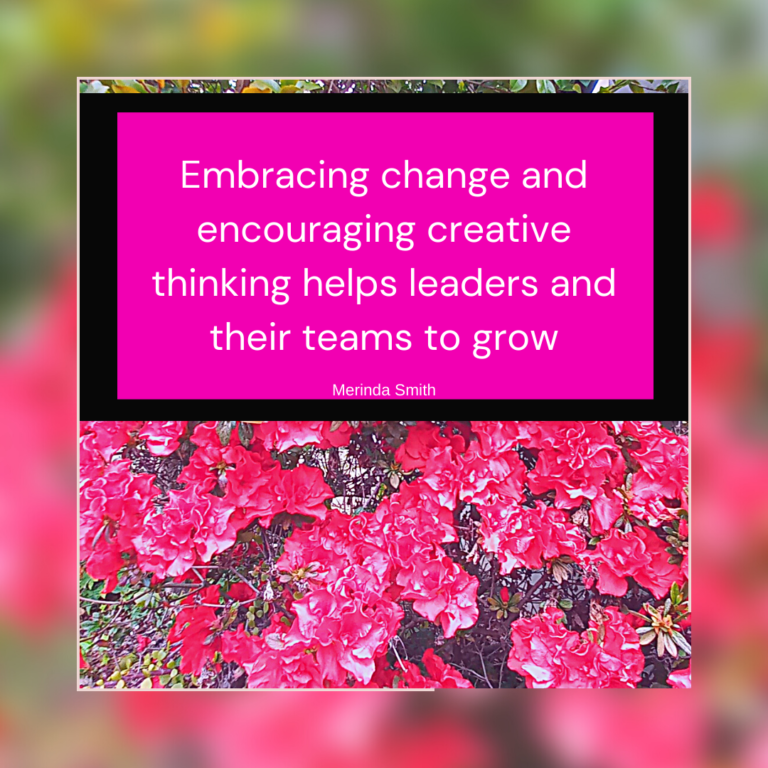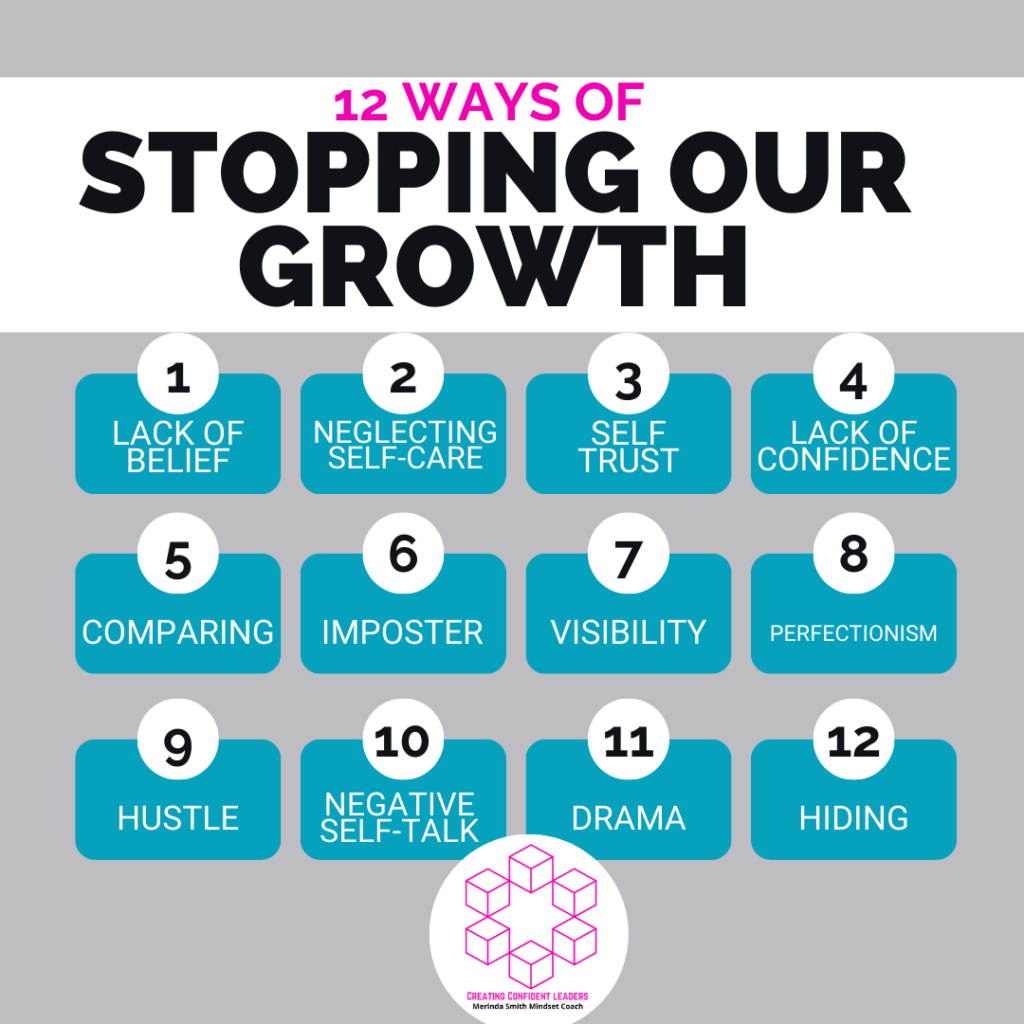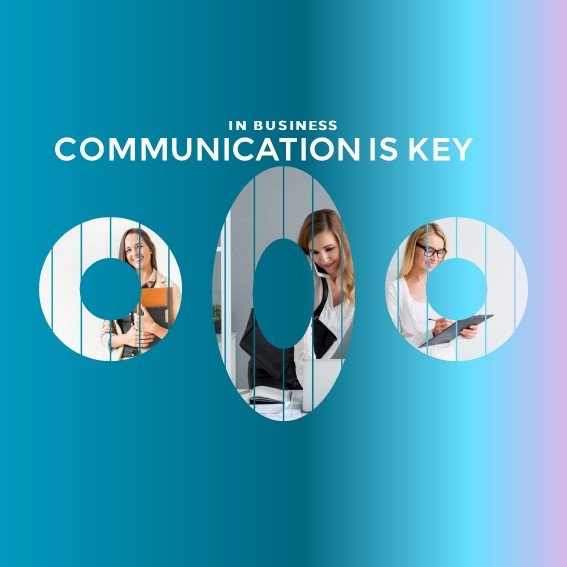
Running a business or leading a team these days can feel… well, a bit much. The speed of technology, changing employee needs, and those ever-shifting market forces? It’s no longer something on the horizon; it’s the water we’re swimming in.
The LinkedIn Workplace Learning Report 2025 confirms what many of us have sensed: leadership development isn’t optional anymore. Two skills stand out as game-changers – adaptability and a growth mindset. Without them, even the best strategies struggle to take off.
Why Adaptability Matters
We hear “adaptability” all the time, but it’s deeper than just going with the flow. It’s about seeing change, not as a problem, but as a puzzle to solve, a chance to improve. Picture yourself leading a team, and suddenly, everything shifts – a new technology, a market change, you name it. The leaders who truly shine aren’t just bracing for impact; they’re asking, “Okay, how can we use this to our benefit? How can we be smarter, faster, or better because of this?” It’s that proactive mindset that makes all the difference.
I remember working with a business owner who ran a great training company. She was really hesitant about letting her team move to a hybrid work setup. She thought it would hurt their output. After talking things through, we looked at how she could test out some flexible work options. Turns out, by being willing to try new things, she not only saw her team’s work get better, but she also started attracting new people who were looking for a better work-life balance. The change she was initially worried about actually made her business stronger in the long run.

The Adaptable Edge
The report makes a clear case for change being constant. But simply coping isn’t enough; you need to actively win in the face of it. As a leader, your adaptability goes beyond just getting through the tough times. It’s about recognising that those moments of upheaval are actually chances to rewrite the rules. Even when it’s tough in the moment. It’s about finding the hidden advantages within the confusion, enabling your team to think differently, and finally, setting a new standard for success – one that’s stronger and more innovative than before.
A coach brings a fresh set of eyes to the table. They offer a different perspective, often spotting patterns and opportunities you might miss when you’re in the thick of things.
Here’s how that translates into real results:
- Turning Obstacles into Opportunities: We’ll work together to look at your challenges in a new light. Instead of just seeing roadblocks, we’ll uncover chances for innovation, growth, and learning. For example, are you seeing AI as a threat to jobs? Or are you considering how it could boost productivity and reveal your team’s potential?
- Building Your Bounce back: Adapting to change means being able to bounce back from setbacks. Coaching helps you build that emotional strength, manage stress, and learn from mistakes. It’s about understanding that setbacks are part of the process, and using them to move forward smarter.
- Thinking Outside the Box: Often people are so engrossed in the moment, that they can’t see beyond. The thinking can hold you back. We’ll explore ways to challenge your assumptions, and stay open to different ideas, and viewpoints. I might ask things like, “What if we approached it from this angle?” or “Are we making any assumptions that might not be true anymore?”
- Turning “What Ifs” into “What Now’s”: We’ll work together to explore potential future scenarios and develop proactive strategies that allow you to mitigate risks, and capitalise on emerging opportunities.
Actionable Steps:
- Identify your biggest fear regarding change: What’s the worst-case scenario? Once you acknowledge it, you can begin to develop strategies to mitigate it.
- Practice active listening: Truly hear and understand diverse perspectives within your team. This will expose you to new ideas and potential solutions.
The Power of “Yet”: Exposing Potential
The LinkedIn Workplace Learning Report highlights the need for a learning culture within organisations. But what fuels a learning culture? It starts with a growth mindset – the belief that abilities aren’t fixed, but can be developed through dedication and hard work. Think about it: that feeling of, “I can’t do this…” transforms into “I can’t do this yet.” It’s that simple addition of “yet” that unlocks the belief in progress and transforms limitations into possibilities.
Imagine a team constantly hitting roadblocks, morale declining, and innovation stifled. A growth mindset, fuelled by the power of “yet,” can be the catalyst for profound change.

Here’s How It Unfolds:
From Limiting Beliefs to Empowering Possibilities. We all have them – those nagging thoughts that say, “I’m just not good at that,” or “This is just how I am.” The first step is acknowledging those beliefs and understanding they’re not set in stone.
Take Sarah, a self-development coach who felt stuck in her own 1:1 coaching practice, relying on the same techniques for years. She believed she lacked the skills to attract a wider range of clients. By challenging this belief, experimenting with different coaching modalities, and focusing on niching down, she created a unique and in-demand coaching program. Within a few months, she attracted a consistent stream of ideal clients and significantly increased her income.
Seeing Feedback as a Launchpad. Feedback isn’t a personal attack; it’s a valuable opportunity for growth. It’s about developing the ability to objectively assess input, identify areas for improvement, and take concrete steps to enhance performance.
Mark, a senior executive, initially struggled with receiving feedback, often becoming defensive and angry. After working with him he learnt ways to reframe the feedback and use it as a tool for improvement. From there he actively solicited input from his team, which led to improved communication, stronger relationships, and a significant boost in team morale.
Celebrating the Journey, Not Just the Destination. Success isn’t solely about the final outcome; it’s about recognising and celebrating the effort, learning, and progress made along the way.
Leading by Example
As a leader, your actions carry more weight than any memo or policy. By openly supporting staff in taking on challenges, demonstrating vulnerability by sharing your own learning experiences (both triumphs and setbacks), and actively celebrating progress – however small – you create a workplace where personal and professional growth are genuinely valued and nurtured. It’s about showing genuine curiosity to unearth the learnings embedded in every situation. It also means using coaching questions with your staff, so that they also can grow.
Creating a Safe Space to Experiment
A genuine growth mindset flourishes in an environment where your team members feel psychologically safe – where they know it’s okay to take risks, make mistakes (within reasonable boundaries, of course!), and learn from those mistakes without fear of blame or retribution. This demands a culture built on unwavering trust, open and honest communication, where individuals feel comfortable expressing ideas, raising concerns, and challenging the status quo.
Consider Anya, the founder of a successful artisan start-up. Anya initially struggled with delegating tasks, as she was worried about the quality of the products and the customers experiences. She believed only she could deliver the products at a certain standard. After realising she was stifling the growth of her team (and her own potential), she focused on creating an environment where staff were encouraged to experiment, apply new techniques, and even customer service approaches. She would actively solicit feedback, both positive and negative, and openly discuss mistakes with her team, framing them as opportunities for collective learning. One instance, she actively encouraged staff to adapt products to better fit customer needs. With her encouragement a staff member was able to create an option, which opened up a new audience and significantly increased their turnover.
The result? Employees felt empowered to take ownership of their work, share their ideas, and push the boundaries of what was possible. This, in turn, led to the development of new and exciting offerings, increased customer loyalty, and a resilient, successful business.
Actionable steps you can use today:
- Listen to Your Internal Dialogue: Pay attention to the phrases you use when faced with a challenge. Do you catch yourself saying things like, “I’m just not good at that,” or “That’s just how I am”? Make a conscious effort to replace those limiting phrases with growth-oriented statements like, “I can learn this,” or “I’m willing to try new approaches.” Even small shifts in language can have a powerful impact on your mindset.
- Be Open About Your Own Growth: As a leader, share your own learning journey with your team. Be transparent about the obstacles you’ve faced, the successes you’ve achieved, and the valuable lessons you’ve learned along the way. This vulnerability creates a connection and encourages your team to embrace their own growth.
The Bottom Line.
Adaptability and a growth mindset aren’t just trendy buzzwords; they’re fundamental leadership traits. They create opportunities to guide your teams to have a successful learning environment. Are you ready to build these qualities and elevate your leadership?

